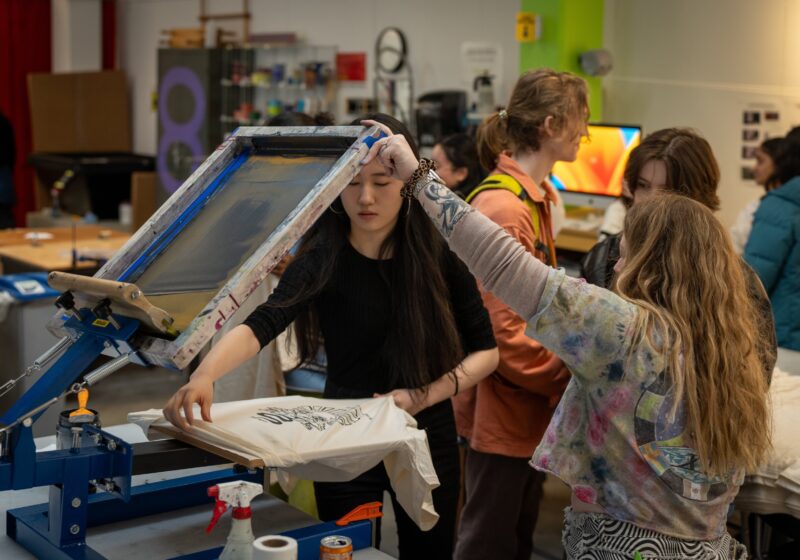
Courtesy of UR Communications
Through a $5 million grant from New York state, UR’s Health Sciences Center for Computational Innovation (HSCCI) has become home to IBM’s next generation supercomputer, which has the astounding capacity to perform 209 trillion calculations per second.
This computer — the Blue Gene/Q — is 15 times faster than IBM’s previous generation and is also currently the most energy efficient computing system in the world.
The supercomputer’s primary function is to vastly improve how scientists examine and organize immense collections of data, turning them into complex models that give insight into the effectiveness of specific medical treatments and many biomedical engineering endeavors.
“UR is the first in the nation to receive a Blue Gene/Q supercomputer dedicated to health sciences research,” HSCCI’s Executive Director David Topham said. “While there are other universities with large computers, ours stands out in its dedication to health.”
The HSCCI has a ten-year projection for how they want to see the center grow. The plan is most active in the first five years, but is carefully structured to match how researchers will be using the technology going forward. The 10-year projection foresees that the installation of this technology will generate about $205 million in research funding.
The Finger Lakes Regional Economic Development Council selected the HSCCI to receive funding for this project, marking it as a priority.
Not only is the Blue Gene/Q in the upper echelon of devices that efficiently analyze research in areas such as predicting disease outcome or vaccine efficiency, the supercomputer is also a robust resource for propagating the job market. The University already employs over 20,000 faculty and staff, but this supercomputer alone is expected to generate about 900 new jobs, the significance of which is quite salient in the current economic climate.
While technology in many fields is built to eliminate the need for human input and expenses, in the biomedical research field the opposite is often the case.
“There has been a recent but ongoing shift in the technologies we use to perform our work,” Topham said. “The costs of high throughput sequencing and sensitive imaging technologies, for example, have come down to the point of being accessible to most researchers. This creates a data problem in that we do not have the computational tools and power to analyze these complex data sets.”
Filling this gap is where the supercomputer comes in, bringing job availability with it. A mix of new and existing grants that fund the HSCCI’s research will fund the salaries of these new positions.
The installation of this technology will also provide increased research opportunities for undergraduates who will be able to work in faculty labs.
“One of our long term goals is to create an educational program to train our students in applying computational approaches to biomedical questions,” Topham said. “So there are ample opportunities for undergraduates to be involved in computational biology and medicine.”
Although the computer is installed in the HSCCI, it acts as a resource to any department at UR that has the correct infrastructure for computational problems as well as concurrent software.
Despite being only recently installed, the Blue Gene/Q has already worked to sort out complex computations that will promote innovations in vaccine development, brain injury and cardiac disease.
“Primarily the largest benefit is the ability to tackle important biomedical research questions that were out of reach to us in the past without the technology,” Topham said. “Following from this is the benefit the center provides in making the University more competitive in attracting the best students, faculty and staff, as well as making us more competitive regionally and nationally for research funding.”
Sklar is a member of the class of 2014.




